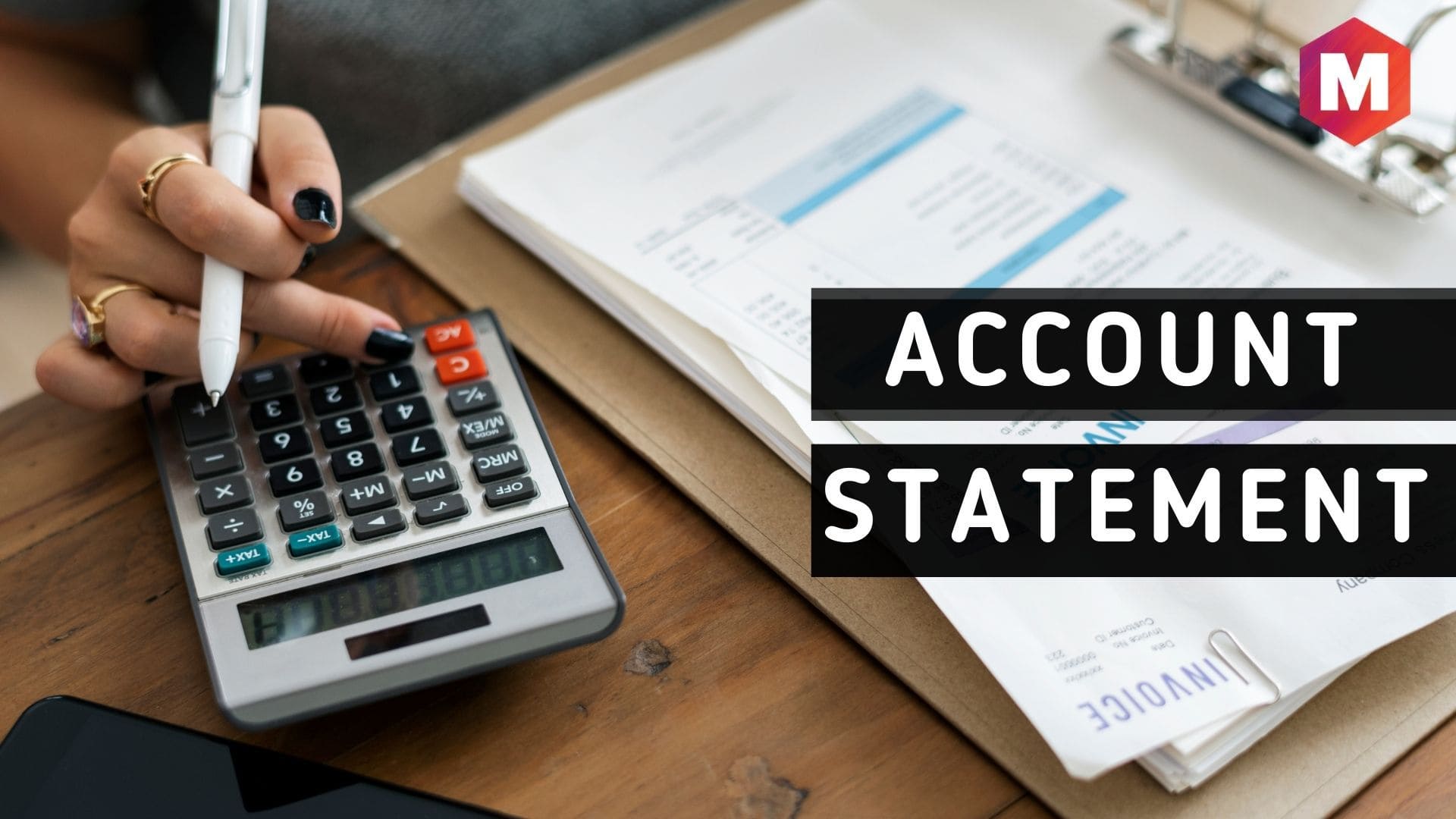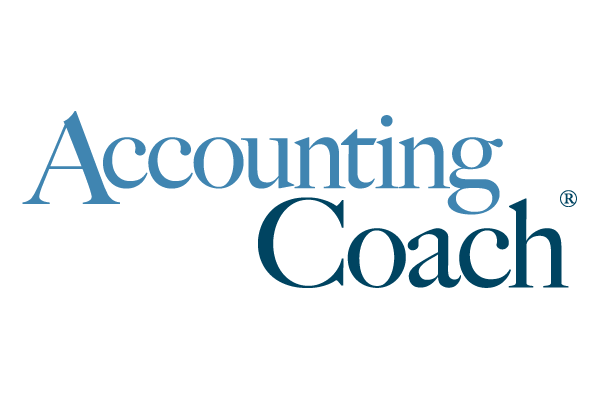
Account Statement - Overview, Features and Components | Marketing91
Account Statement – Overview, Features and Components
An account statement is a periodic document of the bank account activity used by a financial institution in which the statement period has a beginning date and an ending date.
Table of Contents
What is an Account Statement?
Definition: An account statement is defined as a document that contains information about all the transactions between two parties in a given period. Usually, business owners send account statements to their customers to inform them about the pending payments or the transactions between them.
You also may come across this term while dealing with banks that generally give their customers a monthly account bank statement about their account balance and transactions.
Understanding Statement of Account
Any official summary about any account is called the account statement. Many companies, especially those in the banking sector, provide their customers with an account statement summarising the transactions in the entire period on which it is based.
These statements can be generated for an account such as PayPal, Credit card, Savings, and brokerage accounts, among others. Other than that, some utility companies generate account statements too. These include electricity, gas pipeline, and television service providers, among many others. They generally mention the details of the usage of the customers and their dues and early payments in it. Some companies that deal with other companies also generate account statements.
They include the billings to the customer, payments already made, and the remaining balance, which can be positive or negative. They list down debits paid, credits received, and the service charges for maintaining the account.
The printed document of the account statement is generally sent physically to the customer’s address. Nowadays, it is also sent electronically via the customer’s email address. Another way account statements can be accessed by logging in to the service provider’s website.
Importance of Account Statement
An account statement is required to maintain official records of the transactions between two parties of the exchange of services between them. It also helps the business owners verify the already made payments and those which are still pending. They remind the customers to clear all the dues of the period and then proceed with the next period. This period is usually a month or so.
Many of you might think that invoices sent to the customers for every transaction do the same job, isn’t it? The fundamental difference between an invoice and an account statement is that while the invoice is sent to the customer after every transaction, the statement is sent at regular periods, e.g. a month.
This way, the customer is reminded of paying all his or her dues if he or she has missed any during that period. It is easier for the customers to look at a single document and understand the things rather than take the pain of looking at all the invoices and figuring out the amount due. Similarly, it becomes easier for the company to remind and keep track of the transactions with the customer through this one document of statement.
Also, there are instances when you notice inconsistency in records. Here, the summary of records that is our account statement makes it possible for you to detect the inconsistency in the data. Sometimes mistakes happen, and any transaction may run twice. Here too, the statement plays a significant role and helps identify the mistake.
Features of an Account Statement
Account statements are generally used to keep records for ready reference in the future as well. So it is expected to contain all the information that may prove to be necessary and complete for future reference. Firstly, it must contain the necessary details of the account holder.
Then, a loan account statement or a credit card statement, for example, should show the details of the outstanding balance, interest charged on the debt, and any extra fee levied on the customer. This fee can be a late payment fee or overdraft fee, or any other valid fee. It must act as a complete record of your finance.
Also, the statement may include some additional information according to the customer’s needs. Some information like the customer’s credit score or an estimation of the time it may take to pay the debt off. Any alerts or notices or any other information that you want to communicate to the customer may also go into this statement. It is all up to the company to make the statement more informational and complete in all senses.
Major Components of a Statement of Account
To give a clear idea of what should necessarily be included in an account statement, we’ve listed down some of the mandatory components of a statement.
1. Time Period
The statement covers a specific time period. It is generally a month. The starting and the final date of this period should be mentioned.
2. Opening balance
This shows the amount due from the previous period. This should be explicitly mentioned to give the customer a detailed overview.
3. Invoice
The amount that the customer needs to pay for the goods and services purchased/ availed during the corresponding period.
4. Amount paid
This would indicate any positive balance. The customer might have paid a certain amount extra in the previous period. That amount should be mentioned here.
5. Balance due
This is the final amount that the customer needs to pay after all the deductions and fines levied. This can be both positive or negative, depending upon the previous balance.
Conclusion!
An account statement is essentially a document that contains the summary of all your transactions over a fixed period. It is issued by various banks, service providers, and companies to its customers. An account statement is an important document mainly because it contains all the information and serves multiple purposes both for the company as well as the customer.
Moreover, it can also be used for future references. Customers, too, can use it to dispute any transaction that they find inaccurate and contact the concerned authorities also. In a nutshell, it is an official summary of one’s transactions in a fixed period of time.










